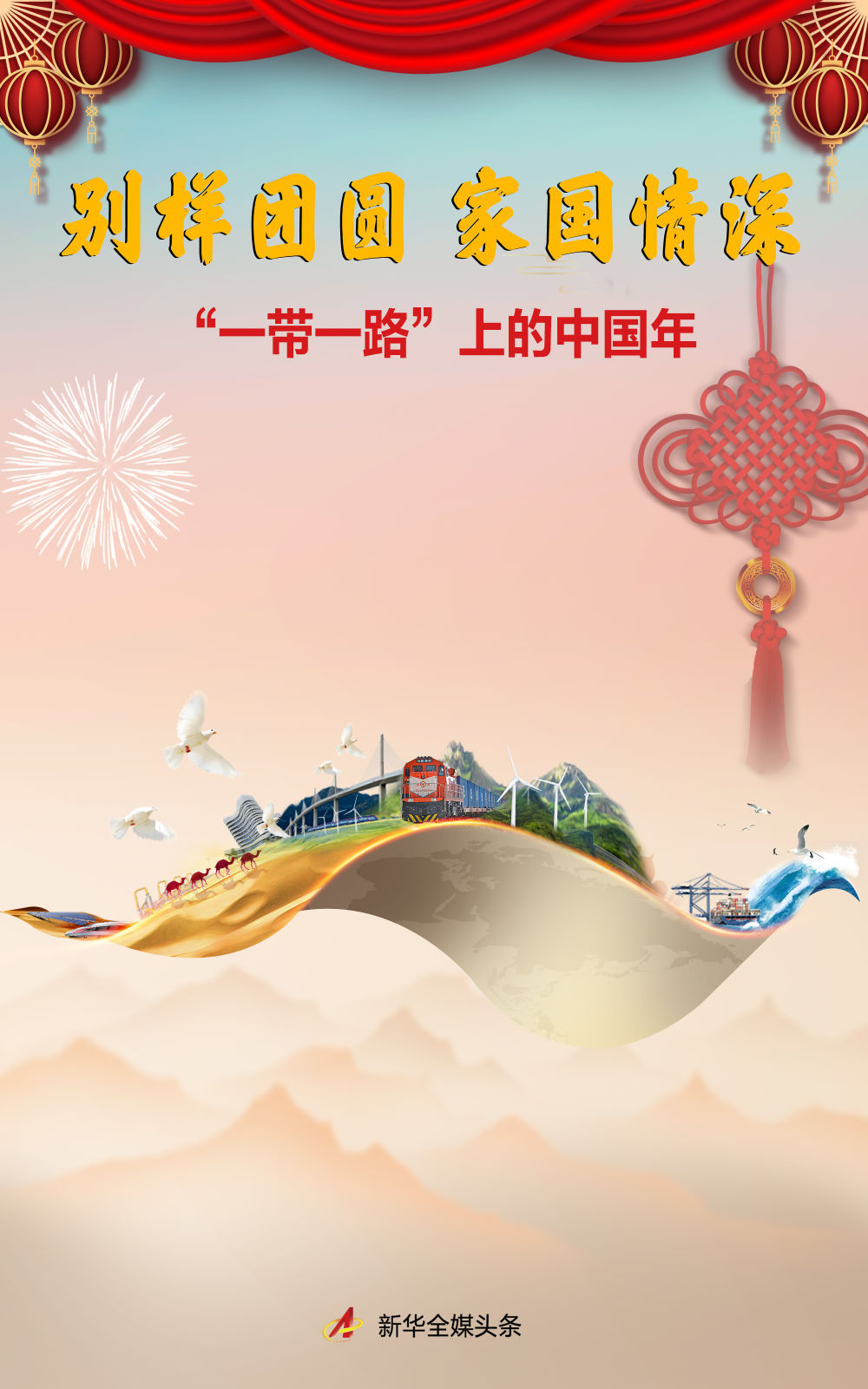Rise Of Empires: Türkiye’s Past And Present
Rise Of Empires: Türkiye’s Past And Present
If this strategy succeeds, our old age will be full of hope; but if it fails, Russia's situation after the collapse of the Soviet Union will be a lesson to others. After the fall of the Turkic Empire, some people fled to the Transoxiana region of Central Asia. After the decline of the Arab Empire,
The author has always emphasized that the “One Belt, One Road” initiative is the two wings that promote hegemony. If this strategy succeeds, our old age will be full of hope; but if it fails, Russia's situation after the collapse of the Soviet Union will be a lesson to others. How can we not pay attention to this path when life and death are at stake? Among them, the most variable is the land Silk Road. It runs through many countries and involves complex factors such as history, religion, humanities, geography and many other aspects. If successful, we have the potential to build an empire the greatest and greatest we have ever seen. But the problem is, no one has ever succeeded in history. The land Silk Road starts from Xinjiang, my country, passes through five Central Asian countries, enters Iran, passes through Türkiye, and finally connects to Europe. China knows very little about these areas. China's influence has faded in 1,270 years since the Battle of Everlos. Therefore, if we want to take this path well, we must gain a new understanding of these countries, otherwise we will not be able to cooperate effectively.

Today, let’s talk about the past and present of Türkiye, the second most important country on this road. There was a survey asking Turks which countries they hate the most. The results of the survey are: the United States ranks first, followed by the goddess they dream of but can never get - the European Union; third is their old enemy - Russia; fourth is China. These four major powers seem to have conflicts with Türkiye, so why does Türkiye have so much confidence? Ultimately, this stems from their national pride and the past glory of their ancestors. Türkiye's glorious history can be traced back to the rise of the Ottoman Empire. The Ottoman Empire can be regarded as the third large-scale rise of the Turkic people. The first time was in the Mongolian Plateau, where the Turks established a huge empire with a vast territory and powerful troops. But he was unlucky and suffered a blow from the Sui and Tang empires. The Turkic Empire was eventually split by the Sui Dynasty and later destroyed by the Tang Dynasty. The Turkic Khans were even captured and taken to Chang'an for humiliation.

After the fall of the Turkic Empire, some people fled to the Transoxiana region of Central Asia. After the decline of the Arab Empire, they took the opportunity to establish the Seljuq Empire. After its short-lived glory, the Seljuk Empire also perished due to the shortcomings of the feudal system. During the expansion of the Seljuq Empire, some nomads were brought to the Byzantine Empire for harassment, which eventually caused Byzantine Orthodox Christians to flee. The Turkic peoples gradually established many small principalities in this land. It was not until the 13th century that the Ottomans emerged from these small countries and began the glorious path of the Ottoman Empire. At that time, the Byzantine Empire had lost its former glory, and all that remained was the Istanbul region at the junction of Europe and Asia. The Byzantine Empire was in trouble due to civil strife, and one of the emperors decided to ask the Ottomans for help in order to defeat his opponents. After Ottoman led troops to assist, he successfully resolved the Byzantine civil strife and successfully occupied Byzantine European territory. However, Osman was not satisfied with this. He not only wanted wealth, but also territory. From then on, he occupied the Thrace region and never left. The region where Thrace is located was once known as the "powder keg of Europe", the key area between Europe and Asia. This move of Uthman made him famous. He not only became a hero in the Muslim world, but also defeated the Christian world and became an idol of Muslims. For many years, the Muslims had been in a passive position during the Crusades, and the holy city of Jerusalem was even lost. The Ottoman victory became the pride of the Muslims. The next goal is to annex small countries established by their own people. In the process, he resorted to union marriage, gaining territory in exchange for marriage, although these countries often willingly accepted it.

As the Ottoman Empire continued to expand, it entered its 120th year of prosperity. However, fate suddenly turned, and a new strong man emerged in Central Asia-Timur. He raised his troops from Central Asia and fought in all directions, eventually reaching Ankara, Türkiye. The Ottoman Empire was busy collecting protection money, but eventually had to send troops to fight. The Ottoman emperor launched a counterattack in Ankara, known in history as the "Battle of Ankara". Although they invested 70,000 troops, after 14 hours of fierce fighting, the Ottoman army was wiped out and the emperor died. With the fall of the Ottoman Empire, independence movements broke out in Europe, and domestic princes began to fight for power, and the entire empire fell into crisis. Fortunately, Timur's goal was not to destroy the Ottoman Empire but to plunder its resources. He eventually died on the journey, the Timur Empire quickly collapsed, and the Ottoman Empire narrowly escaped annihilation. After experiencing this series of disasters, the Ottomans began to reflect on why they lost a 120-year-old foundation in just 14 hours. Türkiye’s historical lessons made them realize that there were serious problems with the enfeoffment system. After careful consideration, Osman decided to reform. First, they recognized the legitimacy of the feudal system, but made adjustments to the responsibilities and obligations of the nobility. In the past, nobles only had to pay tribute and enlist in the central government. The specific amount and number of soldiers were decided by the nobles themselves. After the reform, the central government clearly stipulated the number of troops each noble needed to send. If the requirements were not met, their fiefdoms would be taken back. This move made the nobles face strict assessments and must complete certain task indicators every year, such as building water conservancy projects. If the target is not met for three consecutive years, the fiefdom will be taken back. The second reform is to strengthen the power of the central government. To achieve this goal, the Turkish emperor established a university and military academy to cultivate a force loyal to the center. The students in these schools were not from the aristocracy, but were slaves from ordinary families. The class attributes of these slaves guaranteed their absolute loyalty to the emperor. In this way, Türkiye's central government gradually increased its control. These reform measures helped the Ottoman Empire break through Constantinople, the stronghold of Christian civilization, in less than 50 years. The Ottoman Turkish Empire rose rapidly and its troops were directed towards Vienna. Countries in Western Europe were shocked.





